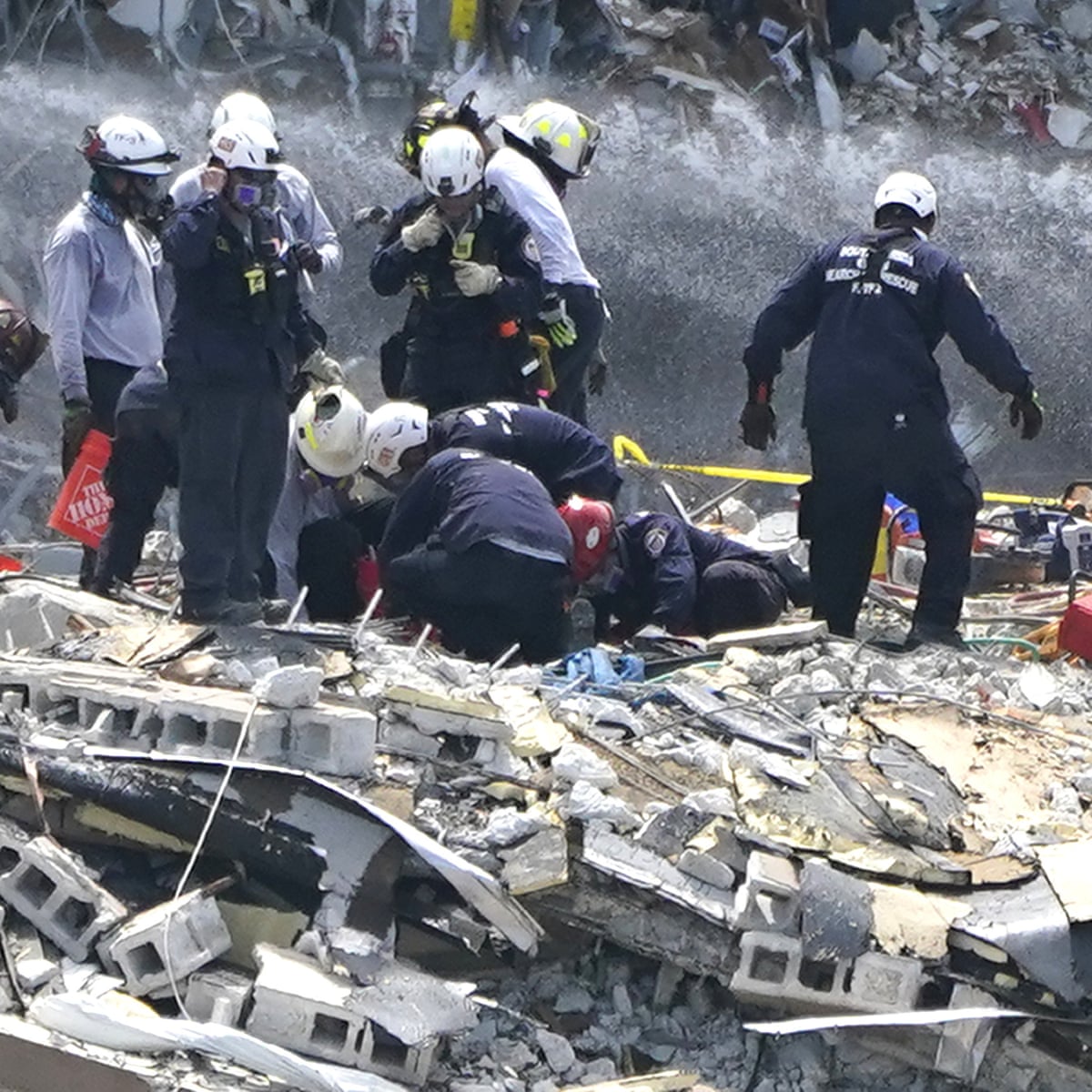September 11, 2001, is a day that remains etched in all our memories. The tragic events at the World Trade Center, the Pentagon, and in Shanksville, PA, changed our nation forever. But beyond the immediate loss of life, another tragedy unfolded quietly in the months and years that followed - tens of thousands of responders, survivors, and community members began experiencing serious health problems directly related to their 9/11 exposure.
That’s why the World Trade Center (WTC) Health Program, managed by the National Institute for Occupational Safety and Health (NIOSH), is so critical. Established to provide medical monitoring and treatment, this program continues to serve those whose health was compromised by their bravery or simply by their presence in lower Manhattan during and after 9/11. Today, more than 127,000 members are enrolled, including over 83,000 responders and 44,000 survivors.
Who is Eligible?
Eligibility is broader than many realize. You may qualify if you:
- Worked, lived, or went to school or daycare in the NYC disaster area between 9/11/01 and mid-2002.
- They were present in the dust cloud on 9/11.
- Performed rescue, recovery, cleanup, or related work at Ground Zero, the Staten Island Landfill, PATH tunnels, barge loading piers, the Pentagon, or Shanksville.
Even indirect roles—such as site security, administrative support, providing supplies, or working with the Medical Examiner’s Office—count toward eligibility.
Covered Health Conditions
The WTC Health Program recognizes and treats a wide range of certified WTC-related health conditions, including:
 |
| Top Health Conditions |
- Respiratory diseases: asthma, chronic cough, sinusitis
- Digestive disorders: GERD, chronic acid reflux
- Mental health conditions: PTSD, anxiety, depression, trouble sleeping
- Cancers linked to toxic exposures
- Acute traumatic injuries sustained during response work
Many survivors and responders still don’t realize their health issues—persistent cough, runny nose, chronic heartburn, or ongoing anxiety—may be related to their 9/11 exposure.
 |
| Top Cancer Certifications |
Where to Get Care
The program offers treatment through Clinical Centers of Excellence (CCE) in the New York metropolitan area, and for those outside NY, through the Nationwide Provider Network (NPN). Benefits include medical monitoring, prescription coverage, mental health care, and treatment tailored specifically to certified WTC-related conditions.
Why It Matters
The work of the WTC Health Program isn’t just about honoring those who served or survived—it’s about ensuring that no one is left behind in their fight for health. With over 400,000 people estimated to have been affected by 9/11, the program remains a lifeline for many and a reminder that the impact of that day continues.
On this September 11, we honor those we lost, but we also reaffirm our commitment to care for those still living with the health consequences of that day. The WTC Health Program, guided by NIOSH, ensures that the promise made in the aftermath—that we would not forget—continues to be fulfilled.
Call to Action: How to Apply
If you or someone you know may qualify for the World Trade Center Health Program, don’t wait:
-
Visit the WTC Health Program website to learn more.
-
Review the eligibility checklists for survivors and responders.
-
Apply online or download an application to begin the process.
Getting connected to the program can provide access to the care, monitoring, and support needed to manage 9/11-related health conditions—and ensure no one faces these challenges alone.
Previous Posts Regarding 9/11
Its Been 15 Years Since 9/11. 4 Things We Have Learned!





















